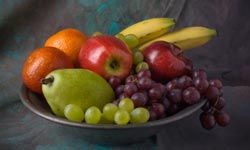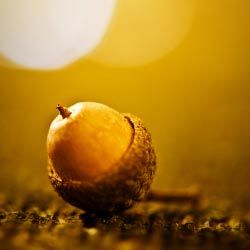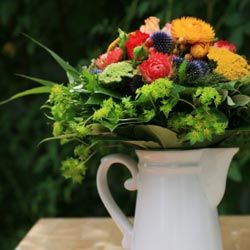A striking sunset backdrops a violent storm. A bald eagle scoops a fish out of the azure ocean. Sure, these can make for great photos, but such opportunities rarely present themselves. Luckily, not all great photography relies on being in the right place at the right time. Some of the best shots are of common, everyday items. That's because simple subjects can yield intricate, interesting compositions. This is the case for still life photography.
Still life photographs consist of inanimate objects, often arranged in some striking or artistic way. They usually are of fruit, a vase of flowers or other typical household sights. The method outdates photography itself, becoming particularly popular in 17th century Dutch painting, which is why it is known as the most "painterly" field of photography.
Advertisement
Many photographers prefer still life because it allows them to take their time and control virtually every aspect of the shot. The best shots emphasize interesting composition, texture, form, color, balance, light and shadow, harmony, lighting, or all of the above. However, another variety of this field of photography, called found still life, consists of objects that are found naturally arranged, with the photographer making little or no adjustments. Although we'll be chiefly exploring tips for how to construct still life arrangements, the ideas will also help you identify great shots of found still life, too.


